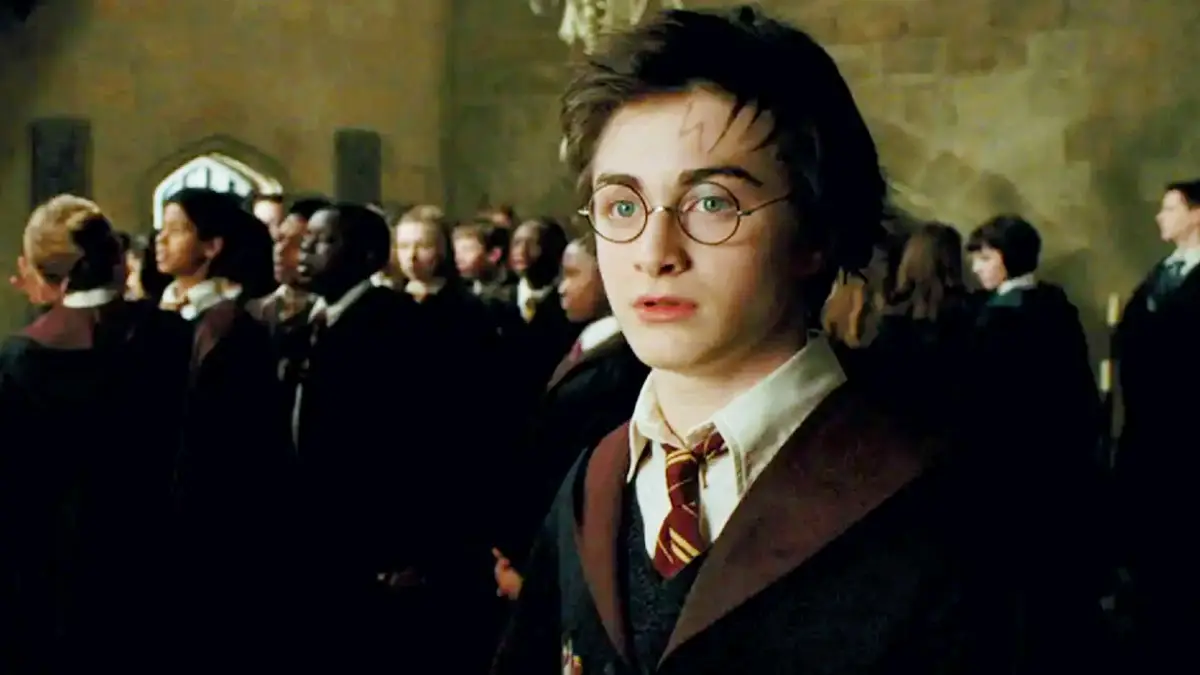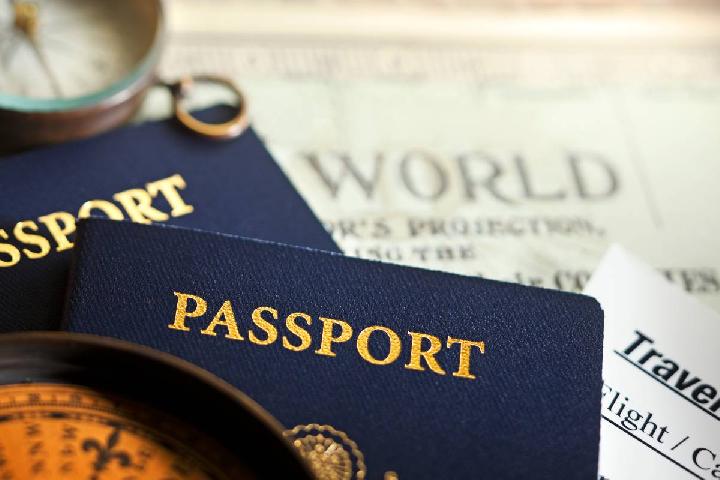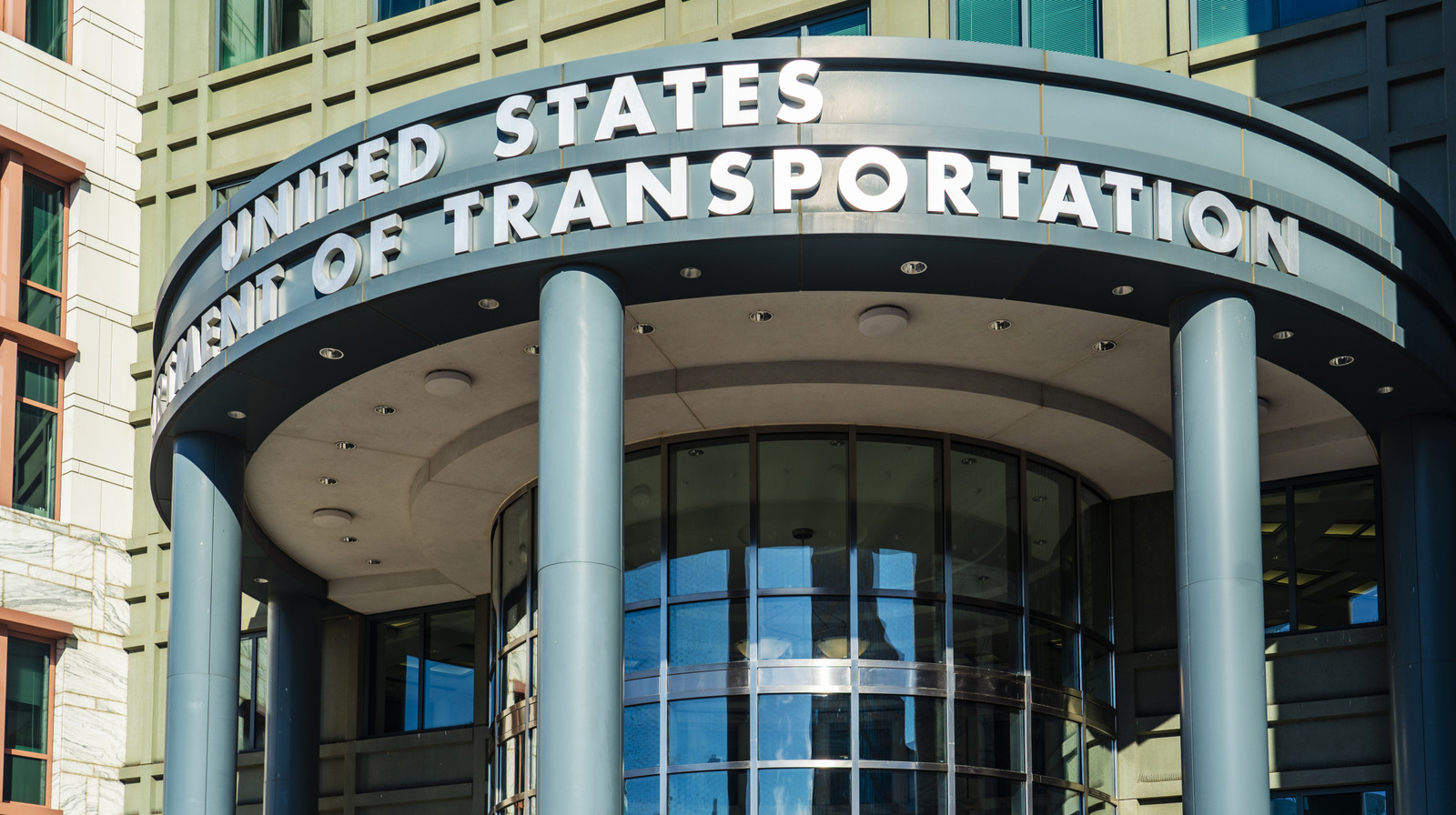
The Harry Potter series stands as one of the most popular fantasy properties ever; however, looking back on its best film in 2025, some issues begin to emerge. While audiences love to be swept away by the magical wonder of Hogwarts School of Witchcraft and Wizardry, not everything comes together perfectly in Harry Potter and the Prisoner of Azkaban.
Directed by Alfonso Cuarón, Prisoner of Azkaban embraced the darker side of J.K. Rowling’s fantasy world as Harry came face-to-face with the horrifying ghostly Dementors for the first time, and the series took on a much more mature tone. This is part of the reason Azkaban often ranks as fans’ favorite Potter movie, but some issues must be mentioned.
Excluding The Marauders’ Backstory Is A Huge Mistake
Every film adaptation of the Harry Potter books has needed to trim some subplots and erase characters for the sake of storytelling ease. It’s not always possible to include every detail from a book in its film version, and absences like Peeves the poltergeist from Harry Potter and the Sorcerer’s Stone were understandable.
However, excluding the Marauders’ backstory from Prisoner of Azkaban was a grave mistake, as this plotline was essential to the overall story, and its absence ultimately weakens the impact of its plot twist. As the film that introduced Harry’s godfather, Sirius Black, his involvement with the Marauders added emotional weight to the character due to his connection with James Potter.
The Marauders consisted of Sirius Black, Remus Lupin, Peter Pettigrew, and James Potter, four rule-breaking Gryffindor students who created the Marauder’s Map. Knowledge of this backstory enables Harry and the audience to gain a deeper understanding of his heritage and provides context for the revelation that Pettigrew was the Weasley family’s pet rat, Scabbers.
The underlying themes of Prisoner of Azkaban relate to Harry gaining an understanding of his origins and seeing how the friendships he’s formed with Ron and Hermione mirror his father’s time at Hogwarts. Without this plotline, these ideas don’t resonate nearly as strongly, and viewers who haven’t read the books are left with an incomplete picture.
The Time Travel Is Messy & Ron’s Role Is Disappointing
Throughout Prisoner of Azkaban, it seems Hermione Granger has the exceptional ability to be in two places at once, and it’s only revealed toward the end of the film that this was due to her use of the Time-Turner device. This is haphazardly explained in the movie, but in the book, Hermione and Dumbledore carefully lay out how it works.
Since The Prisoner of Azkaban film skips over these complexities in favor of streamlining the narrative, audiences are left wondering what can and can’t be changed using the device and why more problems aren’t resolved with it. Without strong rules around time travel, the ending feels like a mere paradox and lacks the emotional weight of the book’s conclusion.
Ron Weasley is also sidelined throughout much of the film, while in Rowling’s Azkaban, he’s an active part of unraveling the mystery and providing moral support to Harry. In the film, Ron spends most of his time injured, either unconscious or reduced to simply comic relief.
There Are Several Easy-To-Catch Mistakes In Prisoner Of Azkaban
While the average viewer might not catch all the mistakes in Prisoner of Azkaban, for a Harry Potter diehard, there are a few frustrating errors. Simple things, like Harry not leaving any footsteps as he lobbed snowballs at Malfoy and his crew while wearing the Invisibility Cloak, felt like a basic detail, as this is not how the cloak works.
Another disappointing inconsistency was Harry noticing Peter Pettigrew on the Marauder’s Map after it was gifted to him by Fred and George Weasley. The fact that Pettigrew was hiding as Scabbers for so many years means that Fred and George would have immediately discovered their family rat was actually a man in Animagus form.
Prisoner Of Azkaban Isn’t Very True To The Books
It’s understandable that changes will be made as a novel is translated to the big screen, but stylistic changes meant that the visuals of Prisoner of Azkaban started to contradict what had been laid out in Rowling’s story. Even the costumes themselves felt off, as Prisoner of Azkaban did away with the Hogwarts uniform in favor of more casual clothing.
Prisoner of Azkaban had a lot going for it, but there are so many ways it differs from the book that movie-only viewers really have a lot of catching up to do. With a plethora of unanswered questions and strange character actions and motivations, these changes might have worked from a stylistic point of view, but they created narrative inconsistencies.
Alfonso Cuarón’s Style Still Makes Prisoner Of Azkaban Special
While it’s easy to poke holes in The Prisoner of Azkaban, it’s often cited as the best Harry Potter movie for good reason. Director Alfonso Cuarón helped carve out a new visual identity for the franchise as Harry’s character arc evolved from a lighthearted discovery of the wizarding world toward more mature conflicts against the Death Eaters and Voldemort.
The dark undercurrents of Prisoner of Azkaban felt essential to the impact of the film, and it’s not a style that the previous director, Christopher Columbus, is generally accustomed to. With previous releases like A Little Princess and Y tu mamá también, Cuarón proved himself the perfect director to balance dark fantasy and coming-of-age tales.



